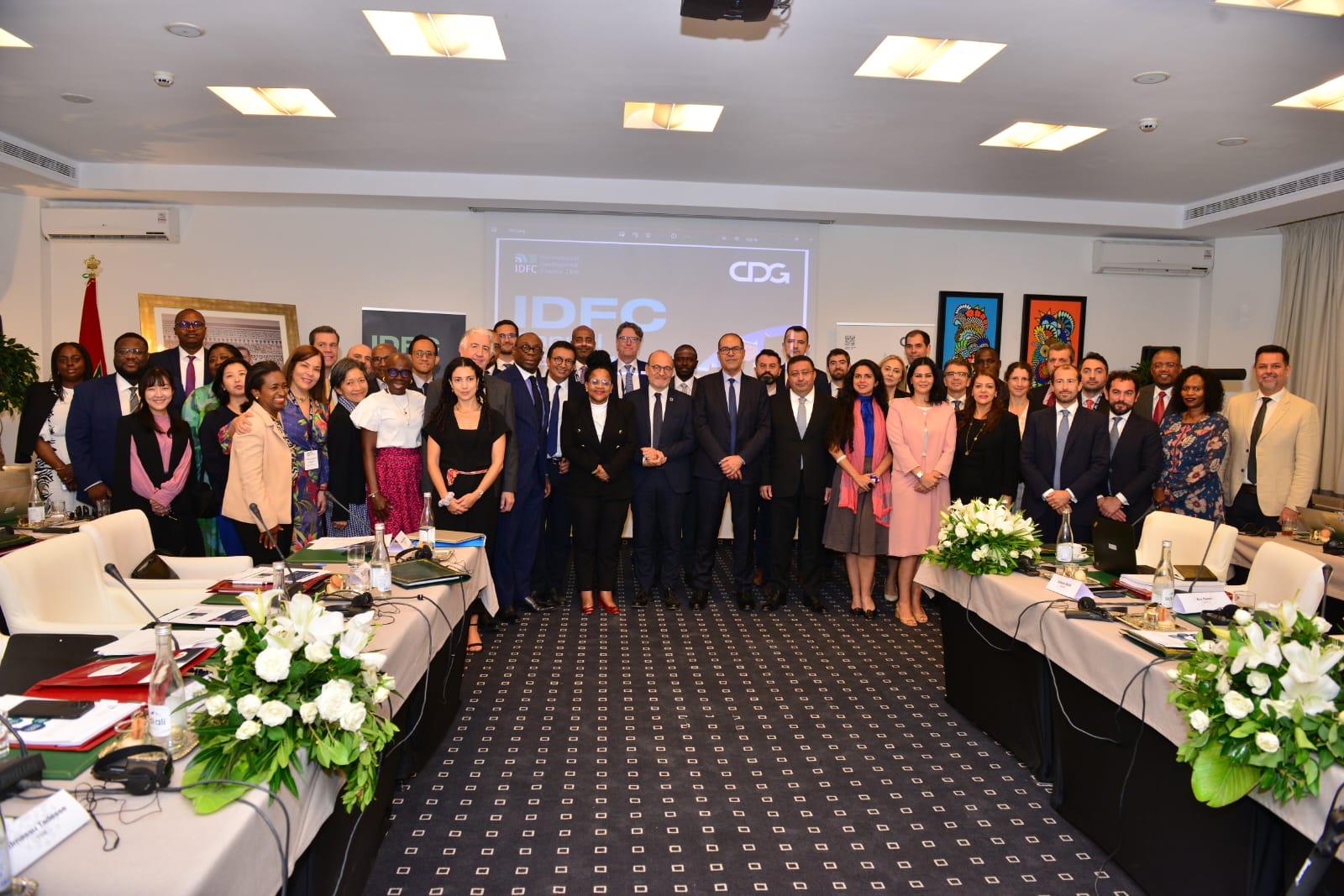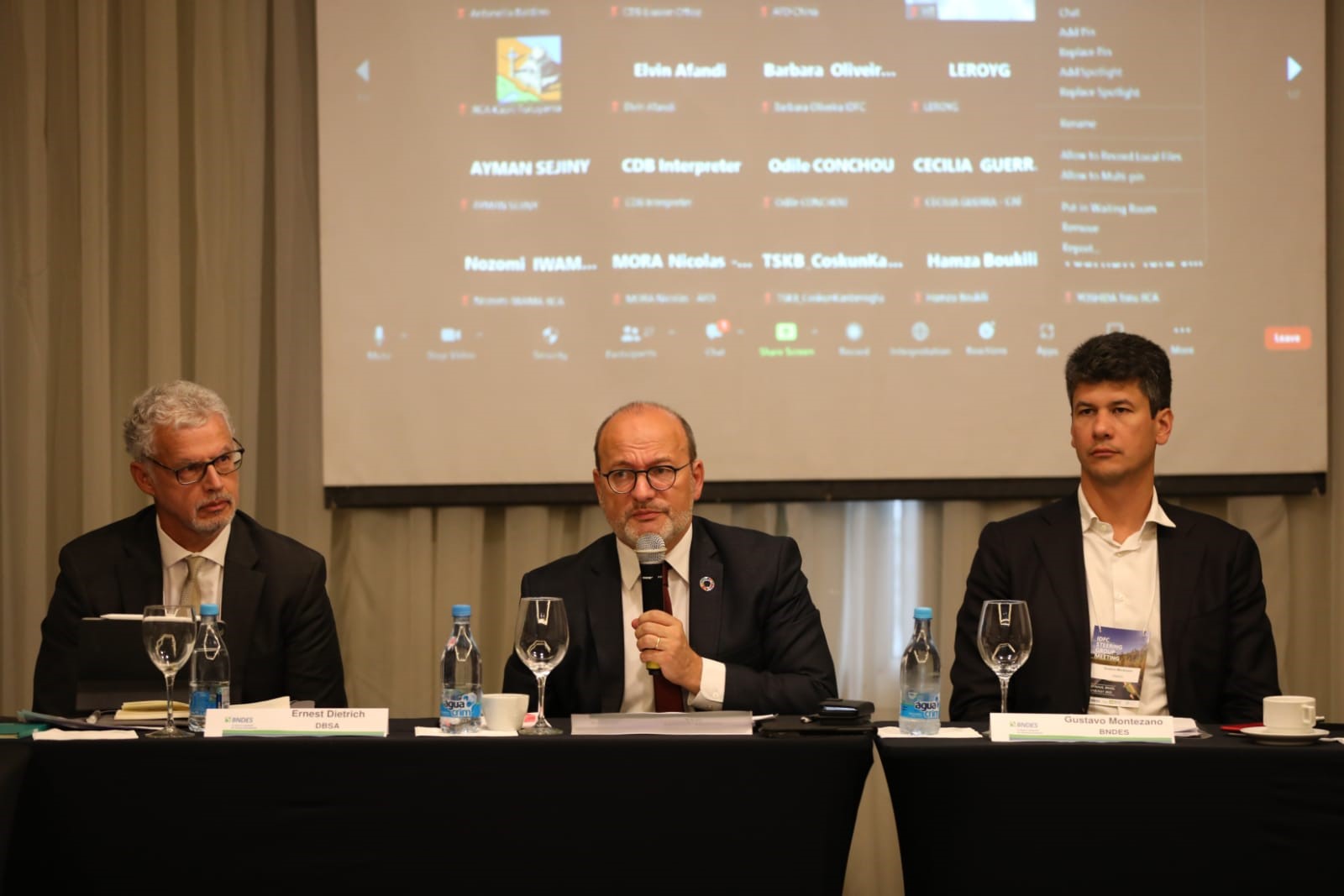
An Inaugural Special Issue on Public Development Banks Published by ROPE
31 March 2022
Review of Political Economy – ROPE
Development finance institutions (DFIs) are public financial institutions initiated and steered by governments with explicit official missions to promote public policy objectives, and public development banks (PDBs) are the main category. DFIs are experiencing a renaissance worldwide, but there is limited academic research examining their roles, operations, and effectiveness. To fill the gap, the Institute of New Structural Economics at Peking University (INSE) in collaborating with key stakeholders set up the International Research Initiative on PDBs and DFIs in 2019, sponsored by the Agence Française de Développement (AFD), the Ford Foundation, and the International Development Finance Club (IDFC). This Initiative has been coordinated by Stephany Griffith-Jones, Financial Markets Director of Initiative for Policy Dialogue at Columbia University, Régis Marodon, Special Adviser on Sustainable Finance of AFD, and Jiajun Xu, Executive Deputy Dean of INSE. It aims to create a global community of academics and practitioners in the field of PDBs & DFIs and to foster rigorous academic research and propose concrete policy recommendations for unleashing the full potential of PDBs and DFIs to the Sustainable Development Goals (SDGs).
The International Research Initiative has set up five working groups, namely, SDG-compatible investments, global development finance architecture, business model, financial regulation, and governance of DFIs. The effort in the pilot years has culminated in the production of fourteen working papers after going through two rounds of rigorous external peer reviews and disseminated in the inaugural Finance in Common Summit. The pilot effort is truly a global endeavor with the wide-ranging participation of researchers, experts and practitioners from (but not limited to) 10 Universities (Peking University, Boston University, Columbia University, University of Melbourne, Toulouse School of Economics, The London School of Economics and Political Science, George Washington University, Cass Business School, SOAS University of London, The Graduate Institute of International and Development Studies), 2 international organizations (United Nations-Department of Economic and Social Affairs, International Monetary Fund), and 7 DFIs (Asian Infrastructure Development Bank, The Brazilian Development Bank, Inter-American Development Bank, Development Bank of Minas Gerais, Asian Infrastructure Development Bank, Banque de France, French Development Agency), 8 Think tanks and research institutions (Foundation for Studies and Research on International Development, Overseas Development Institute, African Center for Economic Transformation, Institute of Research for Development, Institute for Sustainable Development and International Relations, Institute of Development Studies, ETH Zurich Center for Development and Cooperation, World Resources Institute).
Six papers were selected and published as a special issue of the renowned peer-reviewed journal, the Review of Political Economy. The open access to the special issue will last until the end of June, 2022. Furthermore, Routledge has decided to bring the whole special issue as a stand-alone book. Follow-up dissemination events will be further organized by the AFD and INSE.
You can find these papers at the following link: https://www.tandfonline.com/toc/crpe20/current
Below are key findings of each paper in the special issue:
- Matching Risks with Instruments in Development Banks
Authors: Stephany Griffith-Jones, Shari Spiegel, Jiajun Xu, Marco Carreras & Natalya Naqvi
Abstract: This paper explores how development banks should deploy appropriate financial instruments to encourage real economic risk-taking while minimizing financial engineering risks. We distinguish real economic risks from financial engineering or intermediary risks and argue that using complex financial instruments to leverage additional private financing may undermine policy, steer and lead to too much risk being taken by development banks. We then explore comparative advantages of different financial instruments such as loans, guarantees, equity, and insurance in tackling risks in normal times. We then synthesize common features of development banks’ responses to the COVID-19 crisis. Finally, we propose future research directions.
- The Global Development Banks’ Architecture
Authors: José Antonio Ocampo & Victor Ortega
Abstract: This paper looks at the role, evolution, and regional coverage of the system of multilateral and national development banks (MDBs and NDBs). It analyzes the roles that development banks should play to correct the market failures that characterize financial systems, particularly in emerging and developing countries. It concludes that MDBs should be capitalized more to better support emerging and developing countries’ recovery after the COVID-19 crisis. They should also be better aligned with the Sustainable Development Goals, and enhance their role in promoting innovation and structural transformation, and supporting climate change mitigation and adaptation. It underscores that the development banks should work as a system and that better networking between MDBs and NDBs is essential and should be systematically monitored. Finally, it points out that MDBs should support the development of strong NDBs in the regions where these institutions are underrepresented.
- Should National Development Banks be Subject to Basel III?
Authors: Ricardo Gottschalk, Lavinia B. Castro & Jiajun Xu
Abstract: We address the question: What are the potential impacts of Basel III capital framework for National Development Banks (NDBs) upon their ability to fulfil their developmental mandate? We compare three large NDBs’ experiences with Basel III implementation: Brazilian Development Bank, China Development Bank and Germany’s KfW. We find that the biggest constraint from Basel III comes less from its levels of comprehensiveness and complexity and more from tightening the levels of capital requirements and demanding better capital quality. The disincentive from using internal models and changes in the method for the calculation of operational risks may result in a substantial increase in required capital. Meanwhile, the new large exposure rule may dilute the banks’ focus on large, infrastructure projects; the high-risk weights for exposures to project finance and equity may hinder NDBs from using these financing modalities extensively to support large and complex projects and activities that involve innovation financing.
- Can Development Banks Step Up to the Challenge of Sustainable Development?
Author: Régis Marodon
Abstract: Public development banks (PDBs) — at sub-national, national, regional or international level — can cooperate and become central in the implementation of sustainable economic models. PDBs are over 500 globally. They are both providers of public funding and enablers to leverage private finance. PDBs need to acquire ‘sustainable development analytical tools’ to select operations on the basis of criteria other than purely financial ones. This paper explores why development banks can play a leading role. It proposes five recommendations for decision-makers: (1) Streamline into financing decisions the need to transition towards low-carbon and equitable economies. (2) Mobilize and encourage the private sector such that all stakeholders reach convergence on sustainable development. (3) Use development banks to channel funds for transition purposes into concrete projects and programmes consistent with international agreements signed by their governments. (4) Support emergence of a responsible demand, given that PDBs themselves are not originators of projects. (5) Build a global coalition of PDBs, for tackling global problems.
- Scaling Up Public Development Banks’ Transformative Alignment with the 2030 Agenda for Sustainable Development
Authors: Maria Alejandra Riaño, Jihane Boutaybi, Damien Barchiche & Sébastien Treyer
Abstract: Public development banks (PDBs) can accelerate SDGs implementation, by coupling their leverage capacity with systemic and cross-cutting 2030 Agenda alignment practices that catalyze real transformations in their behaviour and investments. This new research assesses how PDBs — of different sizes and geographies — have interpreted and how they include sustainable development priorities in their day-to-day discussions, processes and operations. It shows that most PDBs have the interest and willingness to take the necessary steps to mainstream SDG priorities into their strategies and operations. Nevertheless, findings suggest that both strategic and operational endeavours are at the early stages of alignment. Identified innovative practices by PDBs leading the way, should now be shared among their peers in a view of harmonization and coherence, as a crucial prerequisite to a scaled-up alignment. As for governments, shareholders and other stakeholders, they should also contribute to this alignment endeavour by an enhanced political backing and support to PDBs.
- From Global to Local: Subnational Development Banks in the Era of Sustainable Development Goals
Authors: Sergio Gusmão Suchodolski, Adauto Modesto Junior, Cinthia Helena de Oliveira Bechelaine & Leila Maria Bedeschi Costa
Abstract: Financing the implementation of the seventeen Sustainable Development Goals (SDGs) has been a development challenge since the establishment of the 2030 Agenda — especially under the unequal circumstances imposed by COVID-19. This paper aims to better inform this debate by highlighting the nature of Subnational Development Banks (SDBs) in the context of sustainable finance and how they operate within development networks. To this end, the research method addresses a comparative study among countries that stand out for the number of subnational institutions in their development systems, Brazil and Vietnam. After comparing the Brazilian and Vietnamese particularities, the paper presents concrete examples of SDBs working to connect local needs to the 2030 Agenda investments. As final conclusions, the study allows to demonstrate that, by being the last mile specialist on the ground, in different localities with particular backgrounds and contexts, SDBs could be available channels to international resources to address the financial needs of local firms and governments, improving both efficiency and effectiveness of development programs and funds. Highlighting the potential of SDBs, this analysis leaves possibilities for a future research agenda on more integrated national development finance systems focused on local impact.
Moving forward, the International Research Initiative on PDBs and DFIs will persistently build the first global database on PDBs and DFIs, and conduct the frontier and original academic research contributing to the policy dialogue in the first-ever global coalition of PDBs and DFIs on the platforms of Finance in Common Summit and beyond.

